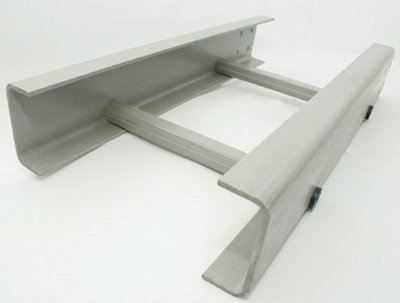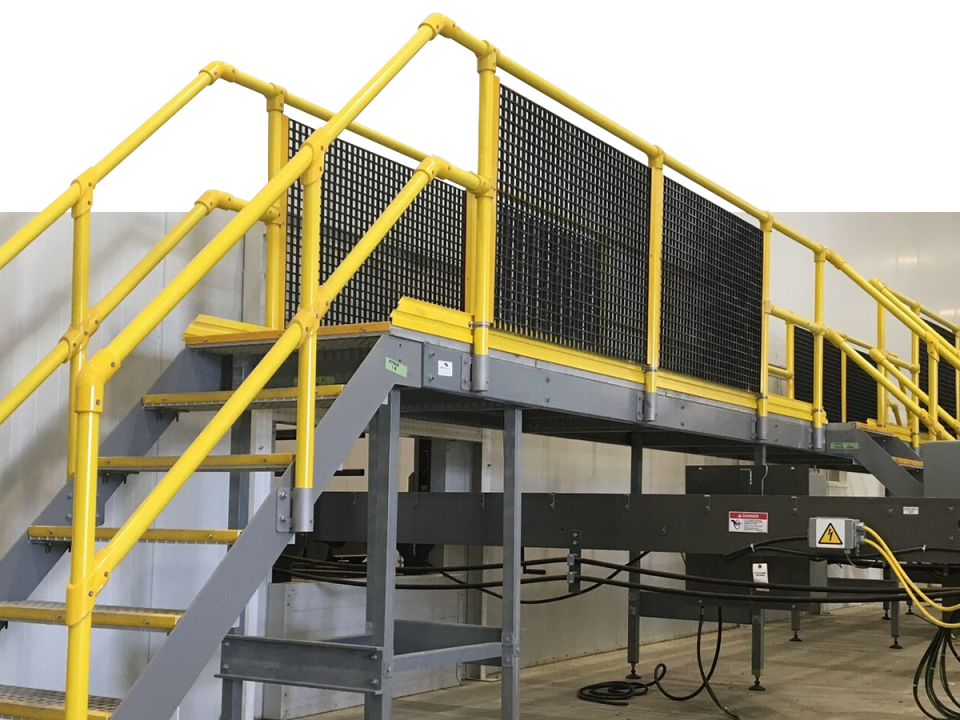
Design Considerations for Pultruded Composite Materials
July 27, 2023
The Future of Composite Pultrusion
July 27, 2023
Minimal expansion or contraction due to low coefficient of thermal expansion (CTE)
One of the key advantages of composite pultrusion is its high dimensional stability, which is primarily attributed to its low coefficient of thermal expansion (CTE). Unlike other materials that may expand or contract significantly with temperature changes, pultruded composites experience minimal changes in size. This characteristic makes them an excellent choice for applications where precision and consistency are crucial.
By having a low CTE, composite pultrusions are less susceptible to the effects of heat and cold. This means that they maintain their shape and size even when exposed to extreme temperatures. Whether it's scorching hot or freezing cold outside, you can trust that your pultruded composites will remain stable without warping or distorting over time. This exceptional dimensional stability ensures long-term performance and reduces the need for frequent maintenance or replacements.
Reduced risk of warping or distortion over time
Warping and distortion can be major concerns when using certain materials in various applications. However, with composite pultrusion, these worries become a thing of the past. The inherent properties of pultruded composites make them highly resistant to warping or distortion over time.
Thanks to their unique manufacturing process, composite pultrusions possess consistent fiber alignment throughout the material structure. This uniformity provides excellent strength and prevents any weak points that could lead to deformations under stress. Whether subjected to heavy loads or environmental factors, such as humidity or moisture exposure, these composites retain their original shape and structural integrity.
The reduced risk of warping or distortion not only ensures reliable performance but also translates into cost savings by minimizing maintenance requirements. With composite pultrusions, you can have peace of mind knowing that your structures will remain strong and stable throughout their lifespan.
Lightweight nature allows for easy transportation, handling, and installation
Composite pultrusions are renowned for their lightweight nature, making them highly advantageous in terms of transportation, handling, and installation. Unlike heavier materials like steel or concrete, pultruded composites offer significant weight savings without compromising on strength.
The lower weight of composite pultrusions simplifies logistics and reduces transportation costs. Whether you're shipping them across the country or carrying them to a nearby construction site, their lightness eases the burden on transport vehicles and personnel. This characteristic enhances overall safety during handling by reducing the risk of accidents or injuries caused by heavy loads.
The lightweight nature of composite pultrusions offers further advantages. It allows for easier maneuverability on-site, enabling workers to position and assemble the profiles with greater efficiency. Furthermore, their reduced weight facilitates quicker installation times compared to bulkier alternatives.
Profiles can be cut to desired lengths onsite without compromising performance
Flexibility is a key feature of composite pultrusion that sets it apart from other materials. Pultruded profiles can be easily cut to desired lengths onsite without sacrificing performance or structural integrity. This adaptability provides significant advantages in various applications where precise measurements and customization are required.
By allowing onsite cutting, composite pultrusions eliminate the limitations associated with pre-cut materials that may not perfectly fit specific project requirements. Construction sites often encounter unexpected challenges that demand quick adjustments or modifications. With pultruded composites, such changes can be accommodated seamlessly by simply cutting the profiles to the exact length needed.
This capability also reduces waste since there is no need for excessive trimming or discarding of unused material remnants. By optimizing resource utilization through precise cutting on-site, composite pultrusion contributes to cost-efficiency while maintaining high-quality standards.
Can be assembled quickly using various joining methods
Another advantage offered by composite pultrusion is its ease of assembly using various joining methods. The design flexibility provided by these composites allows for efficient and rapid assembly, saving valuable time during construction or manufacturing processes.
Depending on the specific project requirements, composite pultrusions can be joined using different techniques such as adhesive bonding, mechanical fasteners, or fusion welding. Each method has its own advantages and considerations, ensuring compatibility with diverse applications and allowing for optimal joining solutions.
The ability to choose from multiple joining methods provides versatility in design and facilitates the integration of pultruded profiles into existing structures or systems. Whether it's connecting beams, panels, or other components, composite pultrusions offer reliable options for quick and secure assembly.





